Search
Search Results
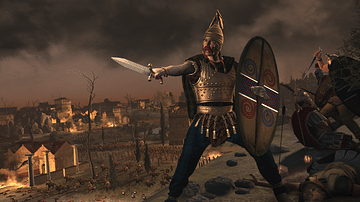
Definition
Brennus
Brennus (c. 390 BCE) was the Gallic war chief of the Senones who sacked and occupied Rome in 390 BCE. Nothing is known of him outside of the accounts given of this event which immortalized him as coining the phrase, “Woe to the Vanquished”...
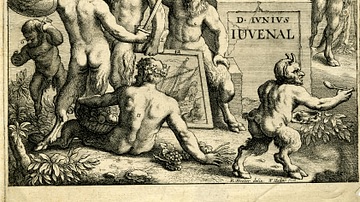
Definition
Juvenal
Decimus Junius Juvenalis (l. c. 55-138 CE), better known as Juvenal, was a Roman satirist. He wrote five books, containing 16 satires, each of which criticized a different element of Roman society, whether it was poor housing, the patron/client...
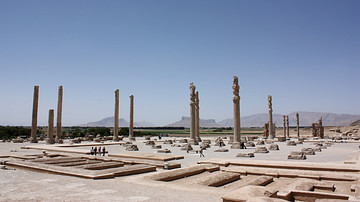
Article
Alexander the Great & the Burning of Persepolis
In the year 330 BCE Alexander the Great (l. 356-323 BCE) conquered the Achaemenid Persian Empire following his victory over the Persian Emperor Darius III (r. 336-330 BCE) at the Battle of Gaugamela in 331 BCE. After Darius III's defeat...
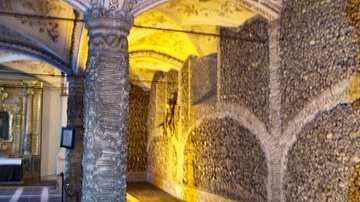
Article
Skulls, Temples & Churches: A Visit to the Walled City of Evora
The sunbaked plain of the Alentejo region in central Portugal is called planicie dourada (golden plain) by the Portuguese, and it is dotted with cork oak forests, vineyards, olive groves, and hilltop towns with whitewashed houses. 'Alentejo'...
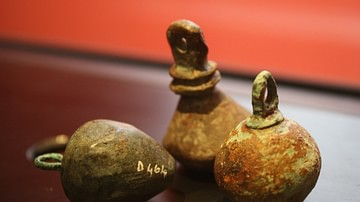
Article
Banking in the Roman World
Just as in other ancient civilizations, the first banks in Rome began in the temples consecrated to the ancient Gods. Many temples held in their basements the Romans' money and treasure, and were involved in banking activities such as lending...
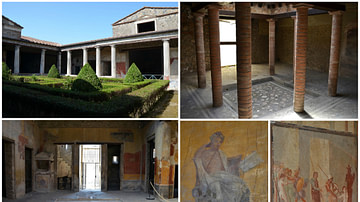
Image
The House of Menander in Pompeii
The House of Menander in Pompeii owes its name to a painting of the Greek playwright Menander placed in the portico. The house, extending over 2,000 square metres, was owned by Quintus Poppaeus, possibly a relative of Poppea Sabina, the...
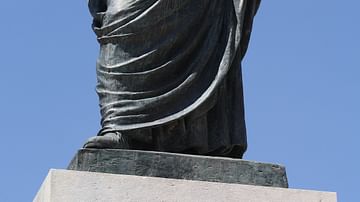
Image
Horace
Statue of Quintus Horatius Flaccus (65-8 BCE) in Venosa, Italy.
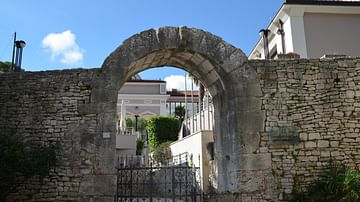
Image
Gate of Hercules, Pula
The so-called Gate of Hercules is the oldest city gate in Pula (Croatia). Architecturally modest, it stands as a single-arched stone gate with, at the top, a worn carving relief of the head of Hercules with his club. The gate was built during...
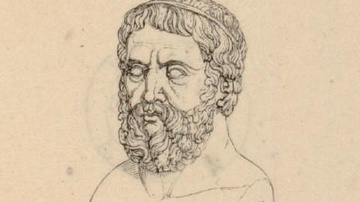
Image
Head of Pindar Illustration
Head of Pindar, slightly turned to left; name in ancient Greek inscribed on the base. Illustration to 'The Works of Quintus Horatius Flaccus. Illustrated Chiefly from the Remains of Ancient Art' (Book IV.2), with the life of Horace written...
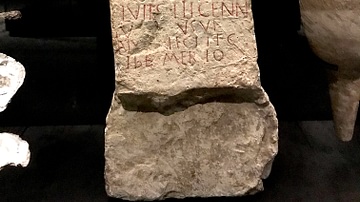
Image
Gallo-Roman Altar
This Gallo-Roman altar was donated by Quintus Nicennius in honor of the Celtic goddesses of the crossroads. The worshiping of these deities dates back to the era before the Roman occupation of Gaul and what is now present-day Switzerland...